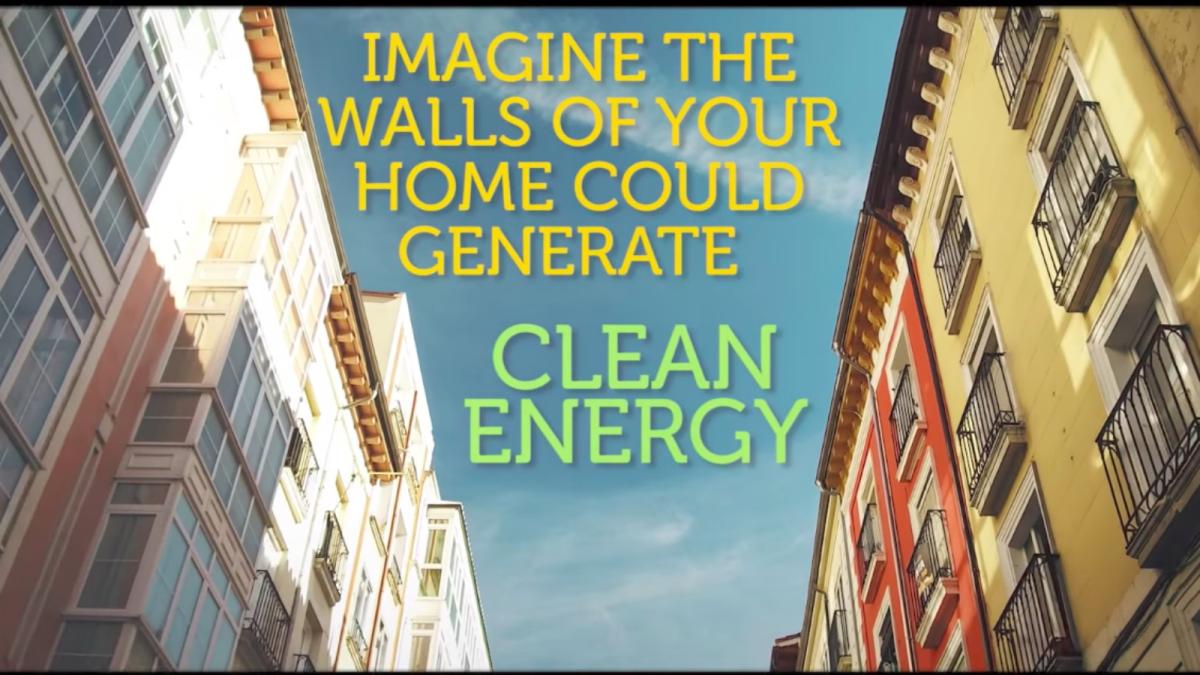This story was originally published by Fusion and is reproduced here as part of the Climate Desk collaboration.
Researchers at RMIT University in Australia have developed a solar paint that could offer endless supplies of clean energy. The paint captures water vapor from the surrounding air, and then uses energy provided by the sunlight to split the water into hydrogen and oxygen. Once harvested, the resulting hydrogen could power fuel cells (which can provide electric power) or go directly into powering combustion engines.
“Hydrogen is one of the cleanest fuels, since it turns into water when burned,” explained the paper’s lead researcher, Torben Daeneke, in an email to Fusion. “The key advantage here is that no harmful side products … are emitted … no greenhouse gases are emitted if the hydrogen is produced from renewable energy sources.”
The so-called “photocatalytic paint” contains a moisture-absorbing compound (synthetic molybdenum sulphide) and a light-absorbing compound (titanium oxide), which work to absorb water vapor from the surrounding air and then split the water into hydrogen and oxygen molecules. Daeneke explained that as the light absorbing c... Read more
